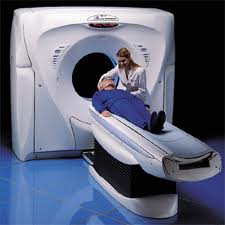 One of the biggest problems today is that consumers have no way of figuring out how much a particular health care service costs. Unfortunately, a recent Arizona bill to encourage hospitals and doctors to become more transparent about the prices they charge for services was just killed by the state legislature. The bill would have required health care facilities to provide publicly available direct pay prices for at least the fifty most used diagnosis-related group codes, as well as at least fifty of the most used outpatient service codes for the facility. Similarly, doctors would have been required to publish the direct-pay prices for their 25 most common services.
One of the biggest problems today is that consumers have no way of figuring out how much a particular health care service costs. Unfortunately, a recent Arizona bill to encourage hospitals and doctors to become more transparent about the prices they charge for services was just killed by the state legislature. The bill would have required health care facilities to provide publicly available direct pay prices for at least the fifty most used diagnosis-related group codes, as well as at least fifty of the most used outpatient service codes for the facility. Similarly, doctors would have been required to publish the direct-pay prices for their 25 most common services.
Questions:
1. According to the article, why did this reform fail in Arizona?
2. Discuss whether you think that this kind of transparency would reduce health care costs. Do you agree or disagree with the author that Arizona’s legislation would have helped the rest of America? Why or why not?
3. Analyze the case of Jo Ann Synder mentioned in the article. What percentage could Jo Ann have saved if she had paid for the scan herself? Assume that Blue Shield pays the negotiated rate mentioned in the article for 100 scans per week. What percentage of the company’s costs could be saved per week if the cash price were paid instead? What would be the annual amount saved? Who would these saved costs benefit? Who would not benefit if this system is changed?
Source:
Roy, A. (2012). Why do Hospitals Charge $4,423 for $250 CT Scans? Blame Arizona Republicans, Forbes, May 26 (Retrievable online at http://www.forbes.com/sites/aroy/2012/05/27/why-do-hospitals-charge-4423-for-250-ct-scans-blame-arizona-republicans/)











